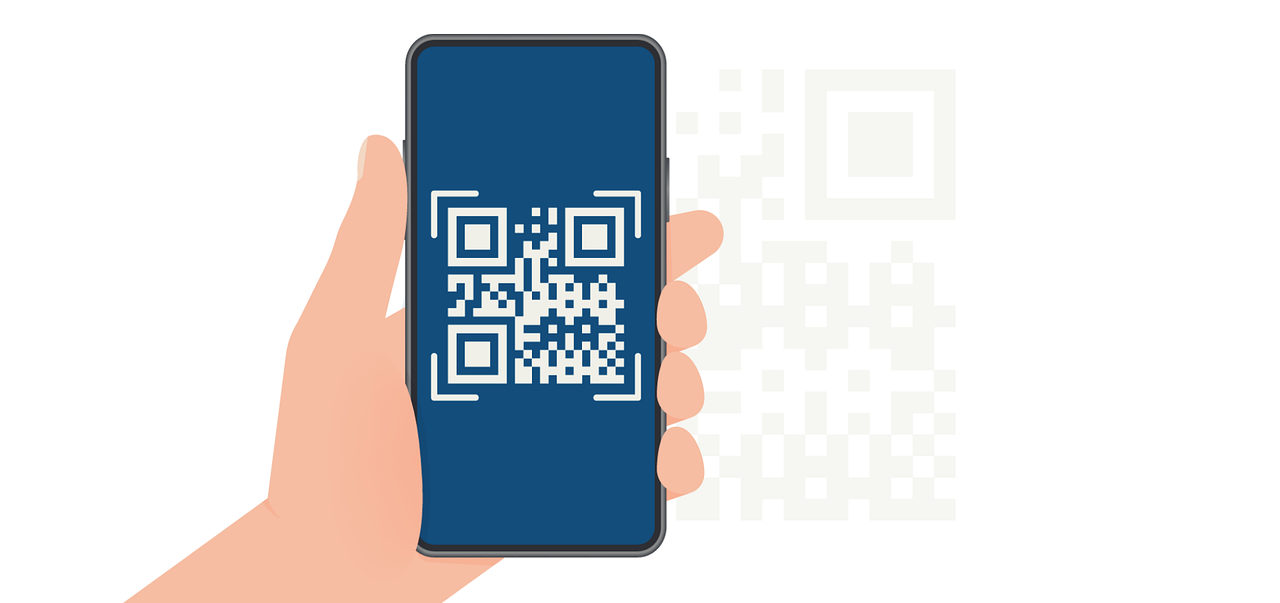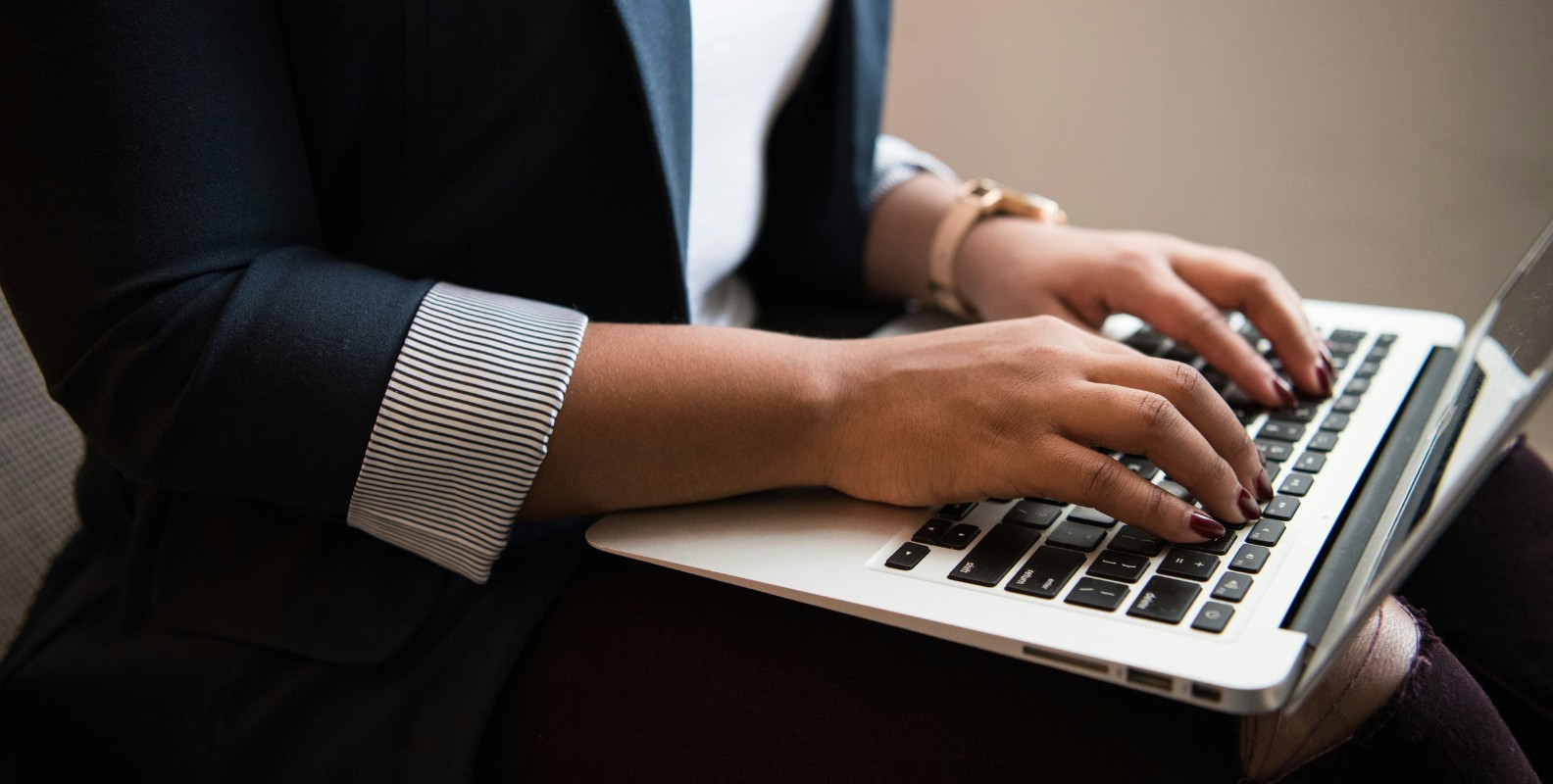Utilizing Images in Design
Why images matter and how to strategically use them when designing

Images are one of the most powerful tools in design. They evoke emotion, communicate ideas instantly, and enhance the visual appeal of layouts. Whether they are the centerpiece of a design or a supporting element, images need to be used thoughtfully to maintain aesthetic quality and functionality. In Expressa, images are easy to integrate, keep reading to find out exactly how to do that effectively!
The Purpose and Role of Images in Design
When incorporating images, always consider their purpose within the design. Is the image meant to provide context, evoke emotion, or highlight a specific piece of information?
In design, there exists a term - hero images. These are typically used to capture the viewer’s attention and convey the main message or theme of the page. Hero images are often visually striking and can include photography, illustrations, or graphics that are related to the content or brand. Use high-quality, large-scale visuals to grab attention and set the tone of your design. For example, imagine you're designing a PDF brochure for a luxury resort. A breathtaking, high-resolution image of the resort’s oceanfront view at sunset could be your hero image. The photo should evoke a sense of relaxation and luxury, capturing the essence of the resort.
Then, there are supporting images. These should remain in harmony with the rest of the design without distracting from some other more important elements.
Icons and illustrations can be used as small, decorative images that break up text and make the design feel dynamic.
Alignment, Positioning, Scale
Alignment is always important in creating a polished and effective design. Images should align with other design elements, such as text or shapes, to establish a sense of order and balance. Misaligned or haphazardly placed images can make a layout appear chaotic and unpolished.

Center alignment works well for emphasizing a single image, while grid-based positioning is ideal for layouts with multiple images, like galleries or catalogs, ensuring consistency in spacing and size.
Additionally, images should be placed thoughtfully to support the visual hierarchy of the design - key images should occupy prominent positions, while smaller or less important visuals can take supporting roles. Always incorporate sufficient negative space around images to prevent overcrowding and to give the layout a clean, professional appearance.
Enhancing images by stylizing them
You can add background colors or gradients to highlight an image or use borders to define its edges. Borders are especially useful for creating a structured appearance or separating images from surrounding elements. These styling options allow you to customize images creatively, making them adaptable to various design needs.
Consistency in Image Use
Maintaining consistency in image use is also important. This involves selecting images that share a similar style, such as photographic or illustrative, to ensure a unified visual language. Consistency in style allows the images to work together, reinforcing the design’s overall message and preventing any visual discord. It also helps establish a strong identity for the design, whether it’s for a brand, publication, or any other visual project.
In addition to style, color scheme plays a significant role in consistency. Images should align with the design’s color palette, ensuring that the colors complement each other and do not compete for attention. For example, using images with colors that match the primary design palette can subtly reinforce the message and strengthen the overall visual impact. (Learn more about colors and color schemes here)

Lastly, the images should evoke the right emotions that match the tone of the content, whether it’s calm, playful, romantic, professional, etc.
Using images inside Expressa
You can add an image by clicking on “add item” and selecting “image”. If you already have another element in your design and you want to insert an image after it, you can do this in the options in the right panel, which appear upon clicking on any element - just click the “+” icon in the upper right hand corner and, again, select “image”.
When you add an image, it is placed within the grid/row system. To customize the alignment of your image, go to the options of the element your image is placed inside of, whether that be a header, footer, grid, table or simple section. There you’ll find the content alignment options. (Learn more about Expressa’s grid/row system here)
Expressa provides multiple ways to insert images:
Image Uploads: Upload your own files directly into the design.
Search: Use integrated stock libraries to find suitable images for your project.
URL: Insert an image by pasting a direct link.

The padding and margin settings which are displayed as numerical fields around the preview box, allow you to adjust the spacing around your image. These values define the empty space between the image and other elements. (Learn more about adding margins to your designs here)
The size options let you control the dimensions of the image. By default, images are set to “Auto,” but you can specify exact dimensions in millimeters, enabling you to maintain uniformity in designs with multiple images, such as product catalogs or team profiles.
The alternative text field allows you to add descriptive text for your images. This is essential for accessibility, ensuring that users with visual impairments can understand your content through screen readers.
You can also add a solid background color or a gradient to complement your image. The border toggle opens a range of options for styling the edges of your image. You can adjust the thickness, color, and style (e.g., solid, dashed), as well as changing the corner radius, which you can use to make your image into a circular shape, for example, to suit your design aesthetic. Borders are an excellent way to frame images.
Pro Tip: When in doubt, less is more. Don’t go overboard - using fewer, high-quality images with clear purpose can often have a greater impact than overwhelming your design with images, though it all of course depends on your design goals and message.


